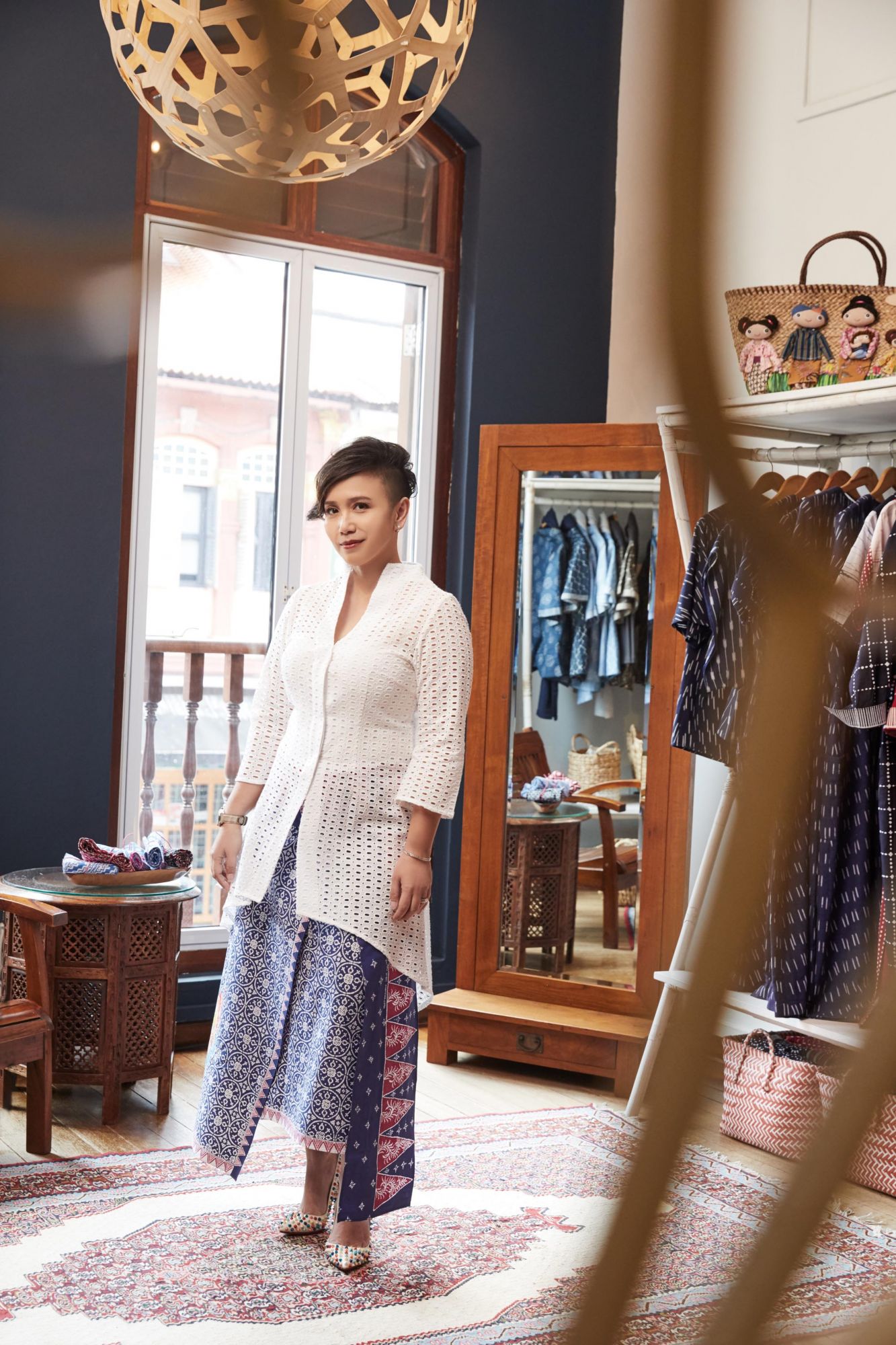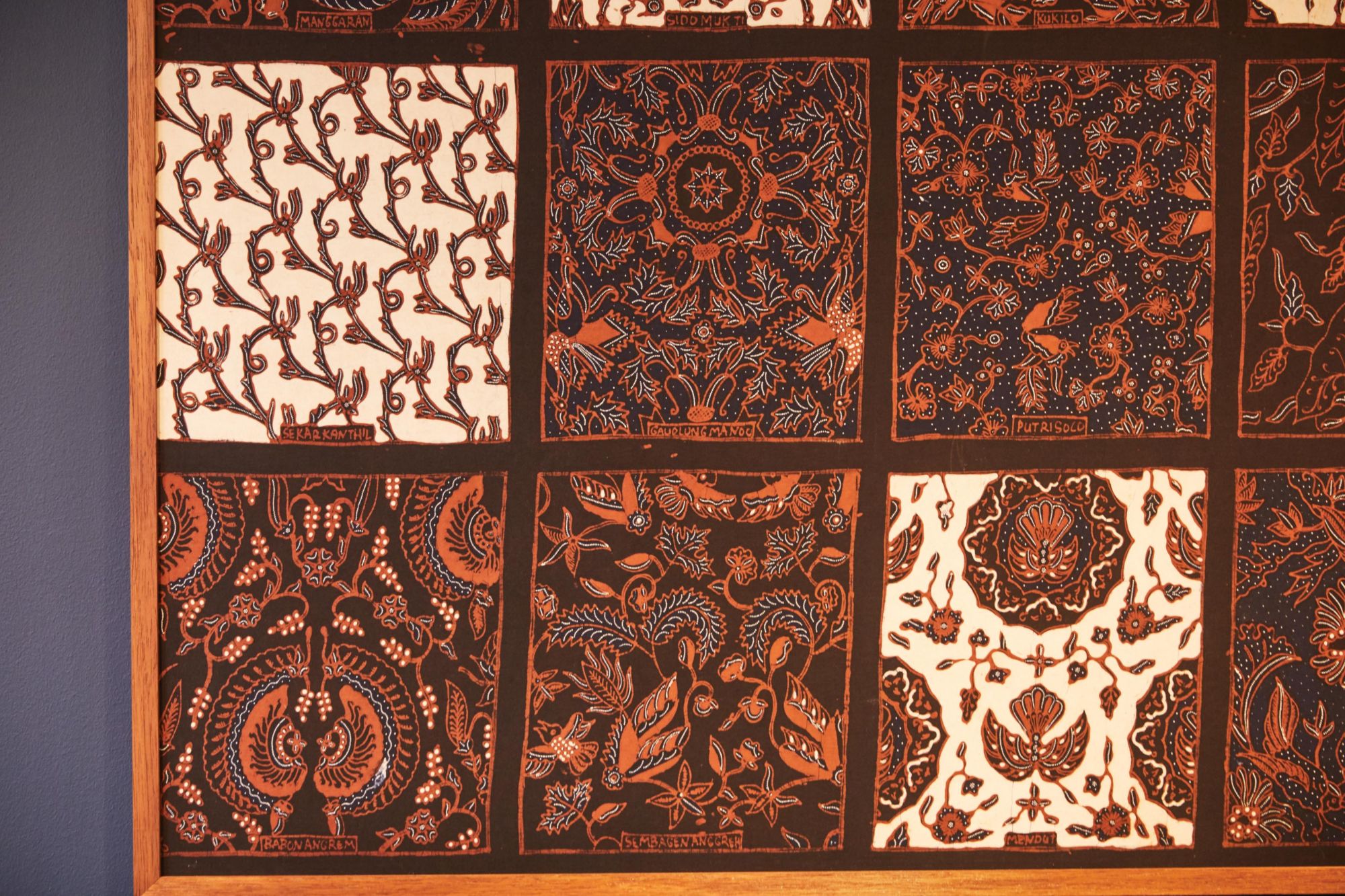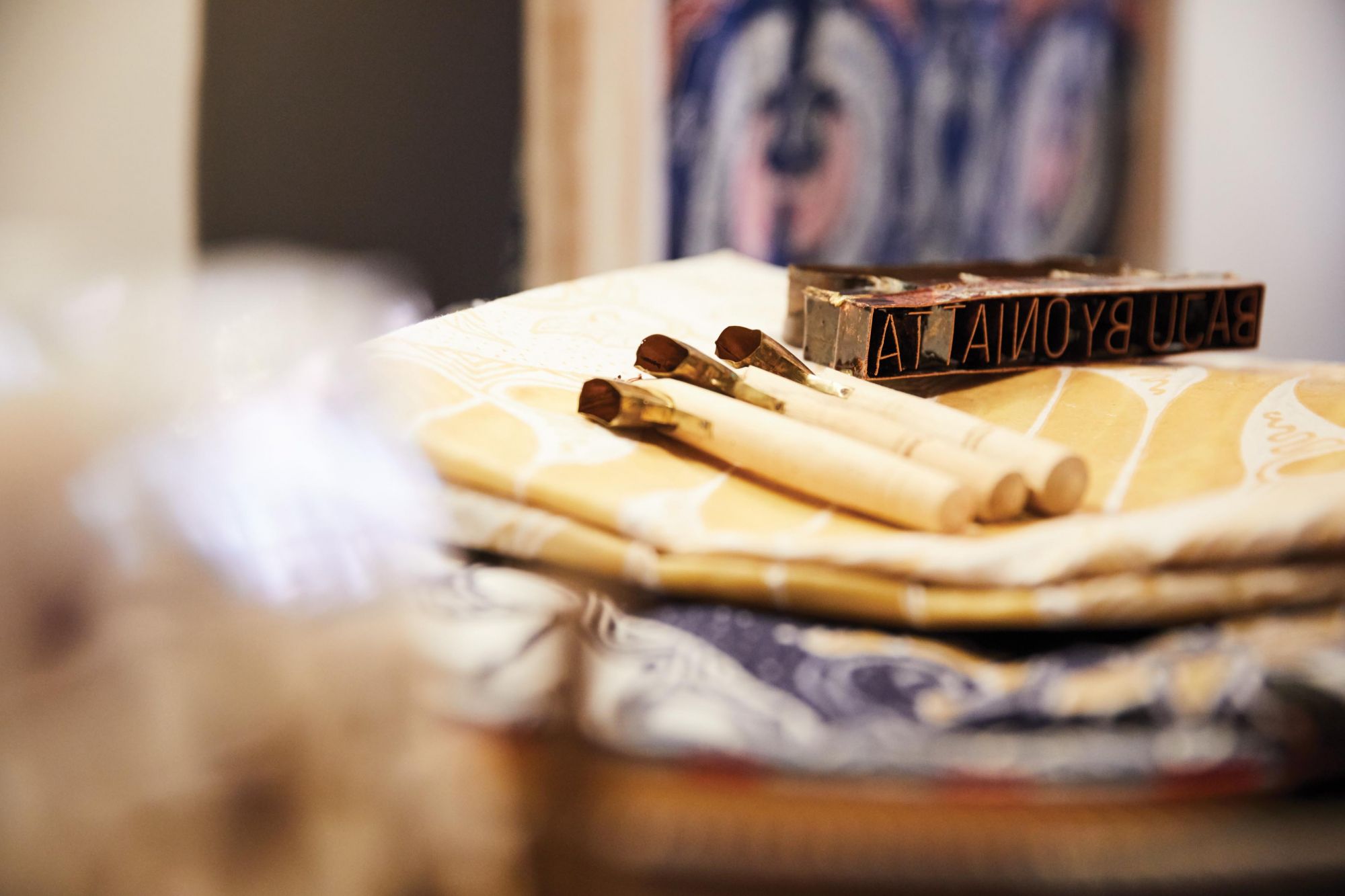From traditional to digital and futuristic, these labels are reimagining the fabrics of our time in innovative ways, while exploring the relationship between art, technology and fashion. In the first of a three-part series, Baju by Oniatta founder Oniatta Effendi shares how craftsmanship to her is about building a narrative and weaving a story
Oniatta Effendi is careful about calling herself a fashion designer. “I didn’t go to fashion school or study textiles in a formal setting,” explains the theatre practitioner and educator, who after 21 years of teaching, decided to take a leap of faith and go full-time with Baju by Oniatta, the batik label she started five years ago. “But I love telling stories and that’s what I do with each baju (or clothing in Malay). These are stories that may well be told because the batik carries a certain meaning or philosophy, or because a collection is inspired by a journey I make or of my relationships with people.”
These stories very much inform her design aesthetic. “The craftsmanship for me is about building a narrative, weaving a story, and is not based on a traditional fashion vocabulary,” she explains. It was her love for the fabric made using a wax-resist dyeing method—and wearing them—that prompted her to make trips to batik villages in Indonesia, observing the craftsmen at work while having conversations with them. “During these trips, I realised I was building a relationship with real people—people with stories about their lives making batik. Inevitably, I wanted to deepen these ties and learn more about batik through books, and through friends who are batik researchers, enthusiasts and collectors.”
(Related: Simone Rocha’s Irish-Cantonese Heritage is an Inspiration Behind Her Fashion Collections)

What are the kinds of batik or motifs that you work with? Where do you source your batik from and how are the artisans evolving their practice?
Oniatta Effendi (OE) I work with batik tulis (hand-drawn using a canting tool) and batik cap (hand-stamped with a copper stamp), and both traditional and classically Javanese motifs including parang and kawung, as well as contemporary ones such as the sashiko motif, which is influenced by the Japanese sashiko stitch. I also work closely with artisans from Solo, Yogyakarta and Cirebon who are so generous with their knowledge and yet so open to collaboration. Some are also keen to explore a more contemporary colour palette and different types of cloth such as linen or tencel, as opposed to cotton.
Based on the first piece you’ve ever designed for Baju by Oniatta, can you share how you are reinventing the way batik is worn in contemporary times?
OE The Utama pants, aptly, were the first (and foremost) items of clothing I designed. I wanted to create something comfortable that I could move around easily in and yet retain the beauty of tradition that batik holds. So that first iteration of the Utama pants had a flap at the front—at a glance, one might even think it’s a sarong. Formally, it is worn quite fitted and can restrict movement. The Utama pants look the part but offer the wearer a lot more freedom.
Tell us about your latest collection at Baju by Oniatta. Where do you draw inspiration from when creating a new collection?
OE My latest collection is called Lingkaran, which is literally translated as “circle”. I was inspired by the move Galeri Tokokita had to make from our first physical space in Joo Chiat to North Bridge Road in Kampong Gelam. I was initially apprehensive about moving because there is already a strong presence of batik [in the area]. But what convinced me was that historically, batik tulis made its first entry to Singapore through [the nearby] Arab Street. Some of these shops are still there. So I wanted to see the move as bringing batik (and Baju) “home”—to where batik first made its presence in Singapore.
(Related: Singapore Style: 8 Home Furniture and Decor Brands to Shop for Local Designs)


